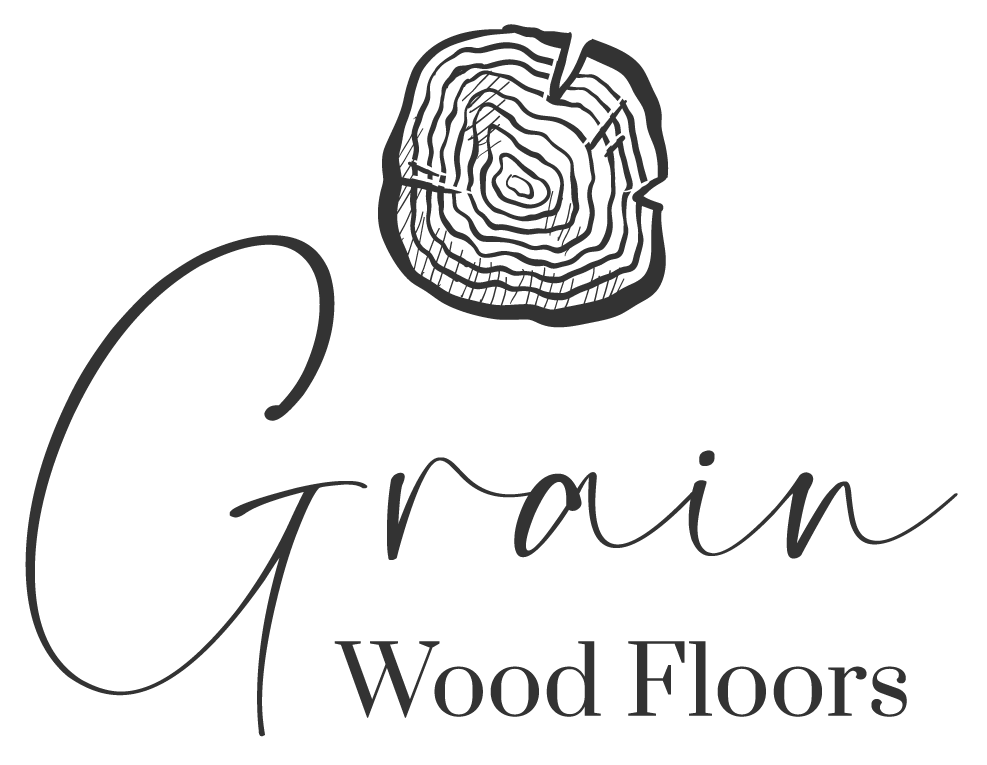Is this product safe indoors?
As a 100% natural product, hardwood ensures an excellent indoor climate.
It is easy to keep clean as the surface cannot harbour dust or mites, making it a particularly good choice for allergy sufferers.
How do I clean my floor?
Cleaning and maintaining wooden floors are straightforward.
it only takes a minimal amount of effort. The floor should be vacuumed when needed, just like any other floor, and cleaned with a well-wrung out cloth or mop periodically.
In most homes, the best wood floor cleaner is plain old soap and water, and the only tools you need are a broom, vacuum, and mop. The best mop for wood floors is a microfiber flat-head or string mop you can easily wring out.
If the floor has become dirty to the extent where vacuuming or a well-wrung cloth cannot handle the task, a suitable soap intended for wooden floors is recommended. but excess moisture should be avoided, so use hot water that will evaporate quickly. We recommend using Osmo Wash, or Bona Hardwood Floor Cleaner Spray and Care for cleaning your wood floor or a similar branded product, however before use please ensure you follow the instructions fully.
What does PEFC mean?
The Programme for the Endorsement of Forest Certification.
PEFC, the Programme for the Endorsement of Forest Certification, is a leading global alliance of national forest certification systems. As an international non-profit, non-governmental organization, we are dedicated to promoting sustainable forest management through independent third-party certification.
What does FSC certified mean?
The Forest Stewardship Council.
What Does FSC Certified Mean? The Forest Stewardship Council (FSC) certifies forests to ensure their environments are responsibly managed and meet the highest environmental and social standards. According to the FSC: FSC certified forests must be managed to the highest environmental, social and economic standards.
Maintenance information
Maintenance & aftercare
- All types of hardwood floors are easy to look after and maintain. Simply sweep daily with a soft bristle brush to remove any dirt or dust, and then clean on a weekly basis (more often if needed) using a microfibre mop combine of water with 1 cup distilled white vinegar or 1/2 cup cleaning vinegar. Mop. Dip a clean microfiber mop into the solution and wring the mop until it is just damp and not dripping. You do not want to apply excess water to the floor.
- and a wood flooring cleaning spray to prevent any unwanted dents or damage to your hardwood,
- combine 5ltrs water with 1 cup distilled white vinegar or 1/2 cup cleaning vinegar. Mop. Dip a clean microfiber mop into the solution and wring the mop until it is just damp and not dripping. You do not want to apply excess water to the floor.
- remember to remove outdoor footwear,
It is also an advantage to use felt protector pads on the bottom of furniture, wipe away spills immediately and never drag heavy or sharp object across the floor. This will ensure that you floor keeps looking at its best for as long as possible.
Must never do:
- Must not be laid in bathrooms
- Fit where the floor heating exceeds 27c contact temperature
Features and benefits:
- Can be laid over under floor heating
- Can be sanded and re-finished
- Made 100% of natural wood
- Ensures excellent thermal and acoustic isolation Dimensional stability
- Floor can be laid in all residential areas (except those of high humidity) finishing with colour matched profiles.
We would always recommend using a professional fitter as fitting around pipes and in doorways can be very tricky and like any flooring product is best installed by a professional installer.
Installation information
Installation method
Float over an Underlay (Tongue and Groove)
- Floating a floor over an underlay means that the planks of flooring are attached together by gluing the tongue and groove joints, but they are not fixed directly down to the subfloor; instead, they float over a layer of underlay. There are various types of underlay including thermal barriers and sound reducing underlays. This method of installation is also compatible with underfloor heating. Only engineered hardwood can be floated over an underlay.
Acclimatisation
Your hardwood flooring will need to acclimatise to its surroundings before it can be installed. Solid wood flooring should be left for at least 7 days and engineered wood flooring should be left for at least 3 days. It should be left in the room where it is going to be installed, which should be dry (no new drying plaster or concrete), heated to between 18 to 24° C and with a relative humidity of between 45-60%.
Wood flooring grades classification
It is commonly accepted among most of the wood flooring traders the grade of the timber to be shown as alphabet letters, as well as combination of them – AB, ABC, ABCD, BCD, CD. Often this refers to the actual wood flooring grades as follows:
To help you make the choice of wood grading for your hardwood flooring here are some of the characteristics of each grade:
When it comes to deciding which wood, grade is best for your wooden flooring, there are 5 grades of wood to choose from. Each grade gives a slightly different look. The grades are called:
- Select or AB
- Natural or ABC
- Nature or BCD
- Natural/Rustic or ABCD
- Rustic/Character or CD
AB – Select Grade
is the highest grade of wood flooring. It is also often described as AB-high grade.
Cut from the centre of the log, this grade of wood is uniform in its appearance and has very few knots. If this quality of wood grade does contain knots, they tend to be small and unobtrusive. Furthermore, the sap content of this wood is very low. Finally, and often one of the most important considerations for people choosing a wood grade, the colour variation is minimal, but still there, because wood is a natural product. A Prime grade floor will have a more uniformed look.
Prime grade of flooring will also have some completely clear planks, mixed with some with restricted size knots usually up to 10-15mm in size, some of which could be healthy knots, however filled small size knots is also allowed. Typically, with in Select grade of flooring about 10% sapwood is also allowed, as well as some colour variation of the actual timber.
Typically, prime grade has few, or no knots, and these will be of minimal size. As they are small, they are usually referred as pin knots or eye knots. They are also known as healthy knots, as in general no filler is required to be used to fill them. There will be a relatively small amount of colour variation in the timber itself. And usually in the pure prime grade, no sapwood should be allowed.
ABC – Natural Grade
Natural Grade flooring, as the name suggest would have natural appearance of the wood, with some normal size knots about 25-50mm wide, often filled in wood filler. Number of knots could be limited per board. Sapwood and natural colour variation is usually allowed in this grade, as well as some filled cracks & knots on the edges.
BCD – Nature Grade
Natural grade or BCD grade hardwood flooring shows the natural character of the wood with a range of colour variations and some larger knots. Sapwood will also be visible in this grade, as well as some filled cracks & knots on the edges.
ABCD – Natural / Rustic Grade
Rustic grade, together with the natural grade above, are the most widely spread wood flooring options, available in nowadays. Rustic grade flooring comes with virtually limitless size and number of knots per board. Due to the usage of heartwood & sapwood, colour variation is to be expected. Cracks and knots are often filled with filler to complement, rather than match the colour of the wood. As the letter abbreviation suggests, this grade is mixture of some occasional cleaner boards with more natural/rustic ones.
Finish – Brushed & Oiled
A brushed and oiled finish to hardwood flooring means that the surface of the flooring has been lightly brushed to expose the natural qualities and charm of the wood without causing any damage. The hardwood has then been protected with a matt oil. The floor will be ready to use once installation is complete.
CD – Rustic / Character Grade
Character grade is usually the lowest grade of timber, available in UK. This grade is a desirable choice where the character of the timber is to be emphasized. There is no limit of the sizes, shapes & number of knots. Any size cracks are allowed per board. Within this grade, there might be some (or all) unfilled, open knots and cracks. Maximum colour variation is allowed. Some products in this grade will also allow for some natural or purpose made imperfections – insects marks, rough saw marks, surface deformations, etc.
When it comes to wood flooring, the wood used is graded by the manufacturers according to its appearance. We have recently covered the topic of grades in wood flooring, but felt it deserved a further write-up. The features considered when grading wood include (but are not limited to): the number and size of knots; the amount of sap present in the wood and its colour variations. As a rule of thumb, the smaller the knots, the lower the sap content and the more uniform the colour, the higher the grade of wood and (of course) the higher the price this can also be said amount the width i.e. a 25mm wide board is generally more cost effective than say a 190mm wide board.
UV oil
This is done by apply a layer of special oil (mostly natural oil) to the top of the wood, let it soak into the surface and use high-capacity UV ray to cure and harden it. The oil will bond with wood and form a hard-wearing layer.
The origin of this method dates back hundreds even thousands of years, even today, use natural hardening oil like tung oil or linseed oil is still widely used by furniture makers.
However natural oil cures by oxidized, the process takes long time, sometimes even month, and the oil don’t usually cure too very hard.
To make it suitable for modern lifestyle, manufactures tune the formula to make it cure by high energy UV, so they cure faster and to a higher wear resistant level.
The major benefit of oil finish (UV oil included) is that it feels natural, because the cured oil becomes part of the wood, you are touch the real wood, and you can feel every detail of the grain and the warmth of the texture.
Oiled finish does require maintenance, the surface need period rejuvenate of oil. The process is much simpler than you think, it is as simple as mop the floor with maintenance oil and you are done.
Although the oiled finish is less durable than a lacquered one, the scratch is less noticeable and much easier to fix. To fix a scratch, simply wipe on oil like WOCA wait a couple minutes then wipe it off.
UV lacquer
UV lacquer is a hard-wearing layer sits on top of wood surface that cured by high energy UV rays. In contrast to UV oil, it does not penetrate wood, instead, it bonds to the surface of the wood, and form a layer on top.
This film layer is more durable than cured oil, so it is more wear resistant, however scratch is more noticeable than oiled surface. And if scratch do develop, it’s much difficult to fix, usually it requires sanding a larger area and then apply a lacquer product.
Since lacquer only bonds to the surface of the wood, in extreme conditions, like leave it the elements for weeks, the film may crack, chip, or even peel off. This usually is not a real concern since floor sits inside and protected.
UV oil vs UV lacquer
Even if you have a chemical engineering degree, finish on wood floors can be hard to grasp and confusing. And worse, since the actual content of the finish is usually a tightly guarded trade secret, the label of the finishes doesn’t really carry much information and vague. Here I’ll try to explain in simple English what is UV oil and UV lacquer finish, what’s the difference, and which one is better for you.
Conclusion
Pick UV lacquer for high traffic area, and UV oil for natural look and ease of maintain. The bottom line is modern finish performs much better than their ancestors, properly maintained, both products will last 20+ years before you need to consider refinishing.
Fit – Tongue and Groove
Tongue and groove flooring is the traditional method of installing wooden floors.
Each plank of flooring has one long side and one short side with a protruding tongue and one long side and one short side with a rebated groove.
The tongues and grooves fit together creating a snug and secure fit.
Unfinished
This is self-explanatory, the unfinished allows you to colour to board to your chosen colour i.e., if you’re trying to create your own unique colour this can be done as we also offer a colouring service.


